The automotive industry is undergoing a seismic shift as electric vehicles (EVs) gain traction worldwide. Amid this transformation, a novel financial and operational model has emerged—battery banking. This concept, often referred to as "battery as a service" (BaaS), decouples the battery from the vehicle, offering a fresh approach to ownership, cost management, and sustainability. By separating the battery from the car, manufacturers and consumers alike are exploring new avenues to make EVs more accessible and economically viable.
At its core, battery banking operates on a simple premise: the battery, often the most expensive component of an EV, is no longer sold as part of the vehicle. Instead, it is leased or subscribed to by the consumer, much like a mobile phone plan. This model not only reduces the upfront cost of purchasing an EV but also addresses concerns about battery degradation and obsolescence. For automakers, it opens doors to recurring revenue streams and tighter control over battery lifecycle management.
The financial implications of battery banking are profound. Traditional car ownership involves a significant capital outlay, with the battery accounting for nearly 30-40% of an EV's total cost. By shifting to a subscription or lease model, consumers can spread payments over time, making EVs competitive with internal combustion engine vehicles. Moreover, battery banking mitigates the risk of technological obsolescence—a major concern for early EV adopters. As battery technology advances, subscribers can upgrade to newer, more efficient models without the burden of selling or trading in their old batteries.
From an industry perspective, battery banking fosters innovation in battery reuse and recycling. Automakers and energy companies can repurpose retired EV batteries for secondary applications, such as grid storage or backup power systems. This not only extends the battery's useful life but also creates additional revenue streams. For instance, Nissan has partnered with energy firms to give its used Leaf batteries a second life in stationary storage projects. Such initiatives align with broader sustainability goals, reducing waste and maximizing resource efficiency.
However, the model is not without challenges. Standardization remains a critical hurdle. Batteries vary widely in design, chemistry, and performance across manufacturers, making it difficult to establish universal leasing or swapping protocols. Additionally, the logistics of battery swapping stations—where drivers exchange depleted batteries for charged ones—require substantial infrastructure investment. While companies like NIO in China have made strides with their battery swap networks, scaling this solution globally demands collaboration between automakers, governments, and energy providers.
Consumer behavior also plays a pivotal role in the success of battery banking. For decades, car ownership has been synonymous with pride and autonomy. Convincing drivers to relinquish ownership of a critical vehicle component requires a shift in mindset. Transparency about costs, battery health, and subscription flexibility will be key to winning over skeptics. Early adopters in markets like China and Europe have shown promise, but widespread acceptance hinges on clear communication and demonstrable benefits.
The environmental angle further bolsters the case for battery banking. By centralizing battery management, companies can optimize charging cycles to leverage renewable energy sources, reducing the carbon footprint of EVs. Smart charging algorithms can prioritize green energy when it's abundant, minimizing reliance on fossil fuels. Furthermore, end-of-life batteries can be systematically collected and recycled, preventing hazardous waste from entering landfills. These practices not only enhance sustainability but also strengthen the value proposition for eco-conscious consumers.
Looking ahead, the evolution of battery banking will likely intersect with advancements in autonomous driving and smart grids. Imagine a future where self-driving EVs automatically swap batteries at designated stations, or where your car’s battery contributes to stabilizing the local power grid during peak demand. These scenarios are no longer the stuff of science fiction—they are tangible possibilities being explored by startups and legacy automakers alike.
In conclusion, battery banking represents a bold reimagining of how we finance and manage electric vehicles. By decoupling the battery from the car, this model addresses cost barriers, technological anxiety, and environmental concerns in one fell swoop. While challenges remain, the potential for innovation and sustainability is immense. As the automotive landscape continues to evolve, battery banking could very well become the cornerstone of the next era of mobility.
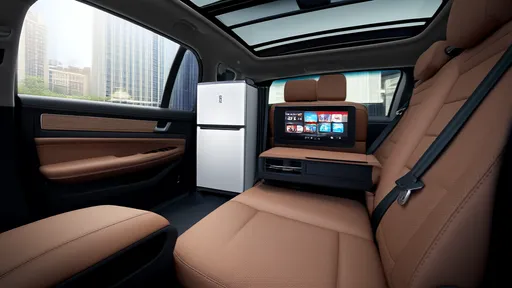
By /Jun 14, 2025

By /Jun 14, 2025
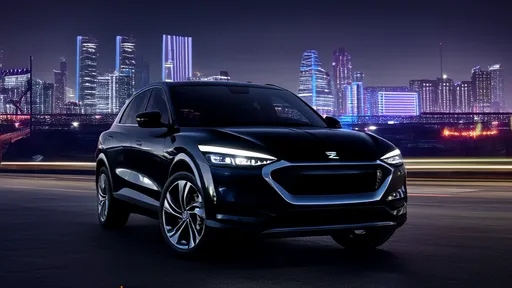
By /Jun 14, 2025
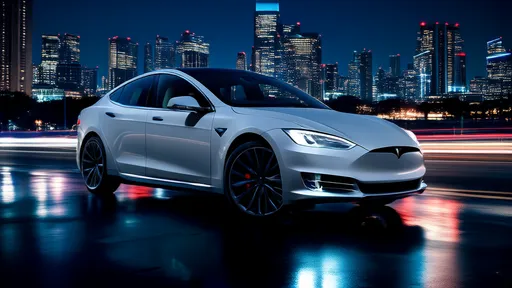
By /Jun 14, 2025

By /Jun 14, 2025

By /Jun 14, 2025

By /Jun 14, 2025

By /Jun 14, 2025
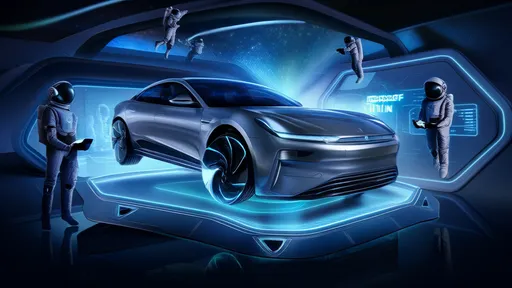
By /Jun 14, 2025
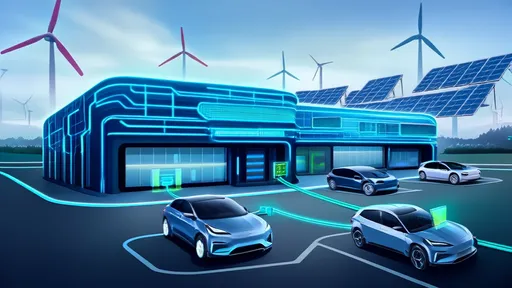
By /Jun 14, 2025

By /Jun 14, 2025

By /Jun 14, 2025
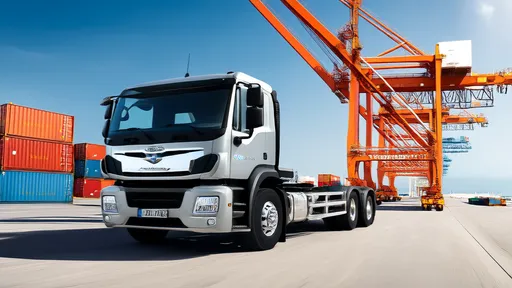
By /Jun 14, 2025

By /Jun 14, 2025
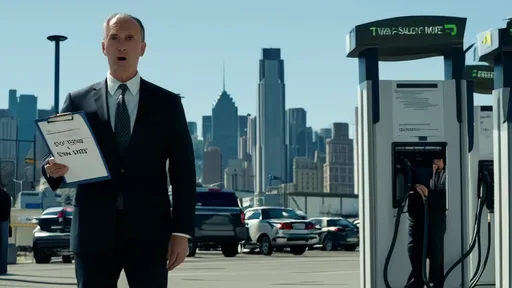
By /Jun 14, 2025
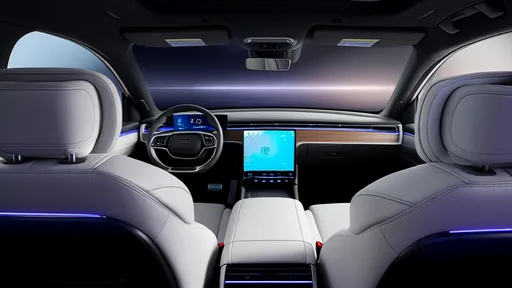
By /Jun 14, 2025

By /Jun 14, 2025

By /Jun 14, 2025